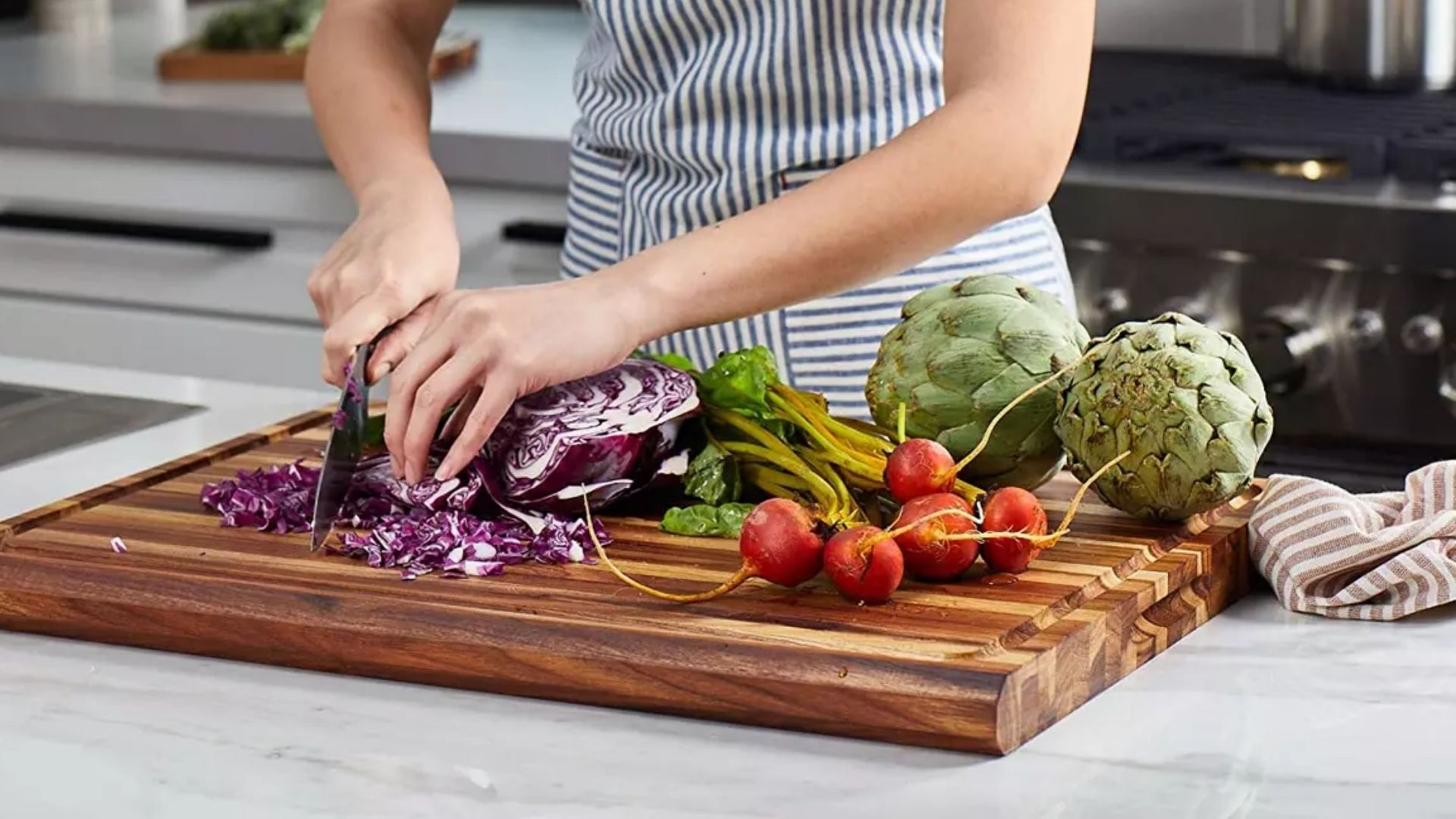How to Remove Scratches from Wooden Cutting Board: Shocking Tips & Tricks!
Written By James Morgan
If you are a barbecue enthusiast, a wooden cutting board is likely one of your most treasured kitchen tools. However, over time, even the most well-loved cutting board can become marred with scratches and cuts. This article will guide you through the process of how to remove scratches from wooden cutting board, ensuring your board looks as good as new.

Why Do Wooden Cutting Boards Get Scratched?
Wooden cutting boards, especially those used for barbecue preparations, are susceptible to scratches from knives, cleavers, and other sharp tools. The natural texture of wood means it can easily show marks, and over time, these can become deep grooves that harbor bacteria.
The Importance of Maintaining Your Wooden Cutting Board
Maintaining your wooden cutting board is crucial for both hygiene and aesthetics. Scratches not only make the board look unappealing but can also be a breeding ground for bacteria. Regular maintenance helps in prolonging the life of your cutting board and ensures a safe surface for food preparation.

Step-by-Step Guide on How to Remove Scratches from Wooden Cutting Board
Step 1: Clean the Cutting Board
Before you start the repair process, make sure your cutting board is clean. You can wash it with soap and water, but ensure it's completely dry before moving to the next step.
Step 2: Sand the Scratches Out
Use a fine-grit sandpaper (150-220 grit) to gently sand away the scratches. Rub in the direction of the wood grain to avoid creating new scratches. For deep scratches, you might need a coarser grit (80-120 grit) initially, then switch to a finer grit for a smooth finish. What grit sandpaper is a significant detail in this step and using the right one can make the repair process easier.
Step 3: Condition the Wood
After sanding, it's time to condition the wood. Use a food-safe mineral oil or a mixture of beeswax and mineral oil. Apply generously and let it soak in overnight. This will not only help in protecting the wood but also give it a rich finish.
For a complete guide on this, check out cutting board care.

More Tips and Tricks
Regular Maintenance
Regularly oil your cutting board to keep it in good shape. Oiling prevents the wood from drying out and developing new scratches.
Avoid Excessive Water Exposure
Wood can warp or crack if exposed to too much moisture. Always dry your cutting board immediately after washing.
Using a Cutting Board Conditioner
Using a board conditioner can help in filling minor scratches and keeping the wood nourished. Cutting board safety is another aspect to keep in mind while detailing cutting board care.
For more information, you can check this detailed blog post on how to stop cutting board from sliding.
FAQs
Can All Types of Wood Cutting Boards be Fixed?
Yes, most wooden cutting boards, including those made from bamboo, maple, or walnut, can be fixed using the steps mentioned above. However, heavily damaged boards may require professional help.
How Often Should I Oil My Cutting Board?
Oiling once a month is a good rule of thumb, but if you use your board frequently, you may need to oil it more often.
Is it Safe to Use Sandpaper on a Cutting Board?
Yes, it's safe as long as you use food-safe sandpaper and clean the board thoroughly after sanding.
For more information on hardwood options for cutting boards, you can refer to Epicurean cutting boards.
As an Amazon Associate, I earn from qualifying purchases.



